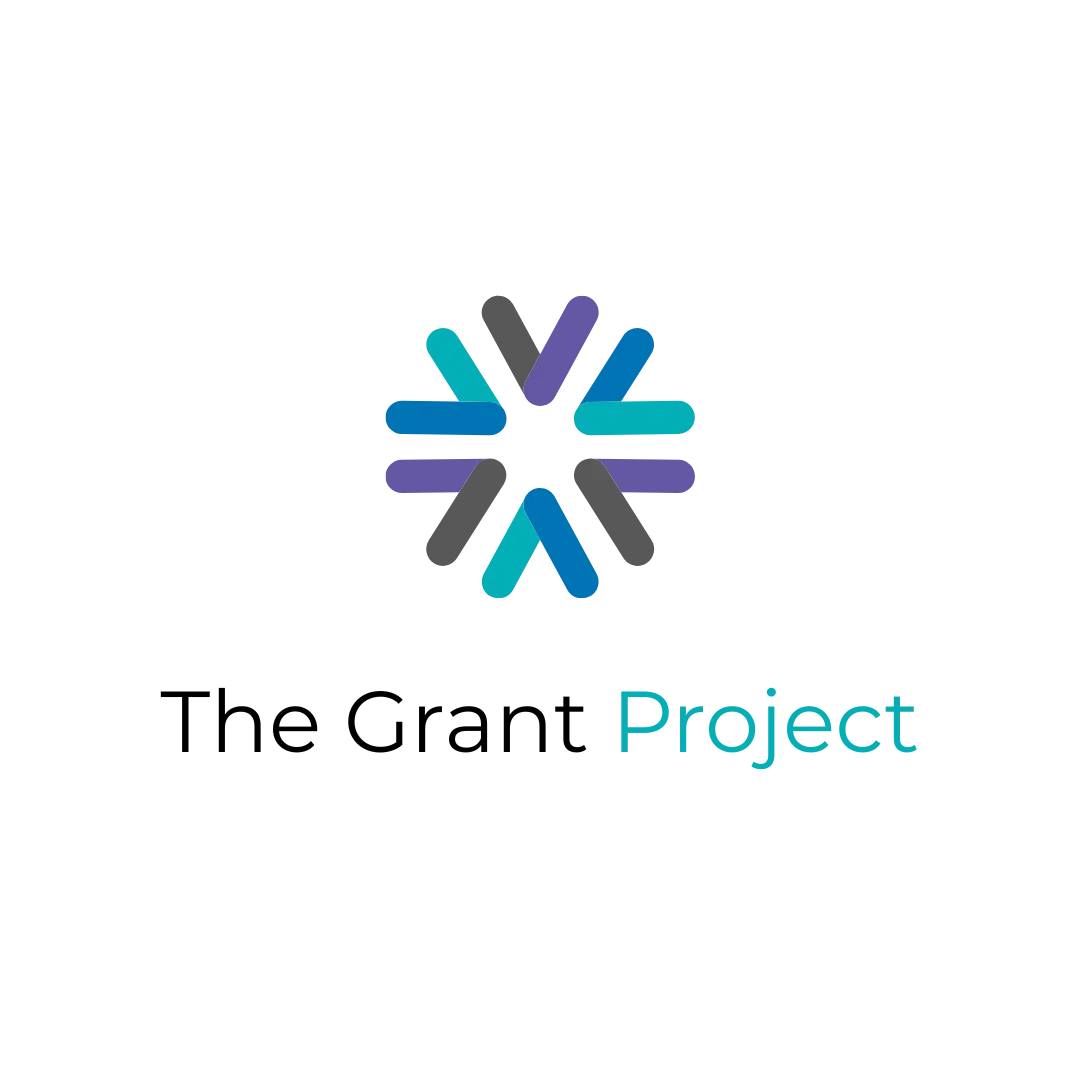
Adapting To Major Federal Funding Changes: Building Flexible Grant Strategies for 2025 and Beyond
Adapting to Major Federal Funding Changes: Building Flexible Grant Strategies for 2025 and Beyond
The federal funding landscape has shifted dramatically, and if you're feeling like the rules keep changing mid-game, you're not alone. Between executive orders, new oversight requirements, and ongoing government disruptions, organizations across the country, nonprofits and local governments alike, are scrambling to adapt their grant strategies.
Here's the reality: flexibility isn't just nice to have anymore; it's essential for survival. Whether you're a small nonprofit managing community programs or a municipal government planning infrastructure projects, the organizations that thrive in this environment will be those that build adaptability into their very DNA.
Let me walk you through exactly how to create grant strategies that can weather these storms and position your organization for long-term success.
Understanding the New Federal Funding Reality
The disruption started early in 2025 with sweeping reviews of federal assistance programs, affecting over 2,600 programs from school meal initiatives to veteran reintegration services. New political oversight requirements mean senior officials now review grants based on alignment with national priorities, potential misuse of funds, and compliance with federal law.
What this means for you: Grant decisions now involve an additional layer of political review that can introduce delays, modifications, or cancellations at any stage. Your previously successful strategies may need significant adjustment.
The key insight here is that uncertainty has become the only certainty. Organizations that accept this reality and build strategies around it will fare much better than those hoping things return to "normal."
Strategy #1: Build a Diversified Funding Portfolio
I cannot emphasize this enough: relying solely on federal grants is now a high-risk strategy. Your organization needs multiple revenue streams to maintain stability when federal funding faces disruption.
Start by mapping your current funding sources and identify gaps. Aim for this mix:
40% federal grants (down from whatever percentage you currently rely on)
30% state and local government funding
20% private foundations and corporate partnerships
10% earned revenue or fee-for-service programs
For local governments: Explore regional partnerships, state infrastructure funds, and public-private partnerships that don't depend on federal approval processes.
For nonprofits: Investigate community foundations, local business partnerships, and donor-advised funds, which have shown remarkable growth and stability even during federal disruptions.
The beauty of diversification is that it doesn't just protect you from federal changes: it makes your entire organization more resilient and sustainable.
Strategy #2: Master the Art of Agile Proposal Development
Your grant writing process needs to become more nimble. Gone are the days of spending months crafting the perfect federal proposal only to have funding priorities shift before submission.
Here's your new approach:
Create modular proposal components that you can quickly recombine for different opportunities. Develop standardized sections for:
Organizational capacity and track record
Problem statements for your key focus areas
Methodology descriptions for your core programs
Evaluation frameworks that work across multiple funders
Maintain a "rapid response" proposal template that addresses common requirements like compliance plans, risk mitigation strategies, and alternative funding scenarios. When new opportunities arise, you can adapt quickly rather than starting from scratch.
Build contingency planning into every proposal. Funders now want to see that you've thought through what happens if federal priorities shift, if funding gets delayed, or if you need to scale operations up or down quickly.
Strategy #3: Implement Continuous Environmental Scanning
You need to know about changes in the funding landscape before they hit your organization. This isn't about checking Grants.gov once a week: it's about creating systematic intelligence gathering.
Set up monitoring systems for:
Federal agency announcements and guidance updates
Congressional budget discussions and appropriations news
State and local government funding announcements
Private foundation priority shifts
Industry news affecting your sector
Create a weekly funding landscape briefing for your leadership team. Include not just new opportunities, but also policy changes, funding delays, and strategic insights about where the sector is heading.
Join professional networks and coalitions in your field. Information flows through these networks faster than official channels, and you'll often hear about changes from colleagues before they hit government websites.
Remember, environmental scanning isn't just about finding money: it's about understanding the political and economic forces that shape funding decisions.
Strategy #4: Develop Scenario-Based Strategic Planning
Traditional annual strategic planning doesn't cut it anymore. You need to plan for multiple possible futures and have strategies ready for each scenario.
Develop three planning scenarios:
Optimistic scenario: Federal funding stabilizes, new opportunities emerge, and your organization can pursue growth initiatives. What would you do with increased resources?
Realistic scenario: Federal funding remains unpredictable, but you maintain current operations through diversified sources. How do you sustain impact while building resilience?
Pessimistic scenario: Federal funding decreases significantly, forcing operational changes. What programs are absolutely essential, and how would you maintain them with fewer resources?
For each scenario, identify:
Staffing requirements and potential adjustments
Program priorities and potential modifications
Infrastructure needs and cost-saving opportunities
Partnership strategies and resource sharing possibilities
Update your scenarios quarterly based on new information from your environmental scanning. This isn't busy work: it's strategic preparation that will save you crucial time when rapid decisions are needed.
Strategy #5: Strengthen Your Internal Systems and Processes
Flexible grant strategies require strong operational foundations. You can't pivot quickly if your internal systems are clunky or if staff lack the skills to adapt.
Invest in grant management technology that can track multiple funding streams, deadlines, and compliance requirements. Manual tracking systems break down when you're juggling diverse funding sources with different reporting schedules.
Cross-train your team so multiple people can handle different aspects of grant development and management. When federal opportunities require quick turnarounds, you can't afford to wait for one person to return from vacation.
Document your processes so institutional knowledge doesn't walk out the door. Create templates, checklists, and standard operating procedures that new team members can follow and experienced staff can reference during busy periods.
Build stronger financial management systems that can handle different funders' requirements, track restricted and unrestricted funds, and provide real-time budget information for decision-making.
Strategy #6: Cultivate Strategic Partnerships
No organization should navigate this landscape alone. Strategic partnerships can provide access to funding opportunities, shared resources, and collective advocacy power.
Identify complementary organizations that serve similar populations or work in related areas. Collaborative proposals are often more competitive and can pool resources for stronger applications.
Develop relationships with fiscal sponsors who can provide grant management support for federal opportunities while you focus on program delivery.
Join advocacy coalitions that can influence policy decisions affecting your funding streams. Individual organizations have limited voice, but coalitions can shape the conversation.
For local governments: Explore regional partnerships that can leverage collective buying power and share administrative costs for grant management.
For nonprofits: Consider formal partnerships with government entities, which can strengthen both federal and local funding applications.
Making It Work: Your Implementation Plan
Here's how to put these strategies into action:
Month 1: Complete your funding portfolio analysis and identify diversification targets. Set up your environmental scanning systems and begin building your rapid response proposal template.
Month 2: Develop your three planning scenarios and begin conversations with potential strategic partners. Start cross-training initiatives within your team.
Month 3: Launch your first diversified funding campaign, applying lessons from your new flexible approach. Begin quarterly scenario planning reviews.
Ongoing: Maintain weekly environmental scanning briefings, update proposal templates based on market feedback, and refine your systems based on what you learn.
The organizations that emerge stronger from this period of uncertainty will be those that embrace change rather than resist it. Your ability to adapt isn't just about surviving the current disruption: it's about positioning your organization for sustained success regardless of what changes lie ahead.
The federal funding landscape may be unpredictable, but your response doesn't have to be. With flexible strategies, strong systems, and proactive planning, you can turn uncertainty into opportunity and build an organization that thrives in any environment.
Ready to build your flexible grant strategy but need expert guidance? The Grant Project specializes in helping organizations develop resilient funding approaches through our three-pillar framework: strategy, systems, and skills. Let's work together to create a grant strategy that works in any funding environment.
Ready to transform your nonprofit or local government's approach to grant funding? Subscribe to The Grant Project Newsletter below for expert insights, funding opportunity alerts, and proven strategies that help communities secure the resources they need to thrive.

